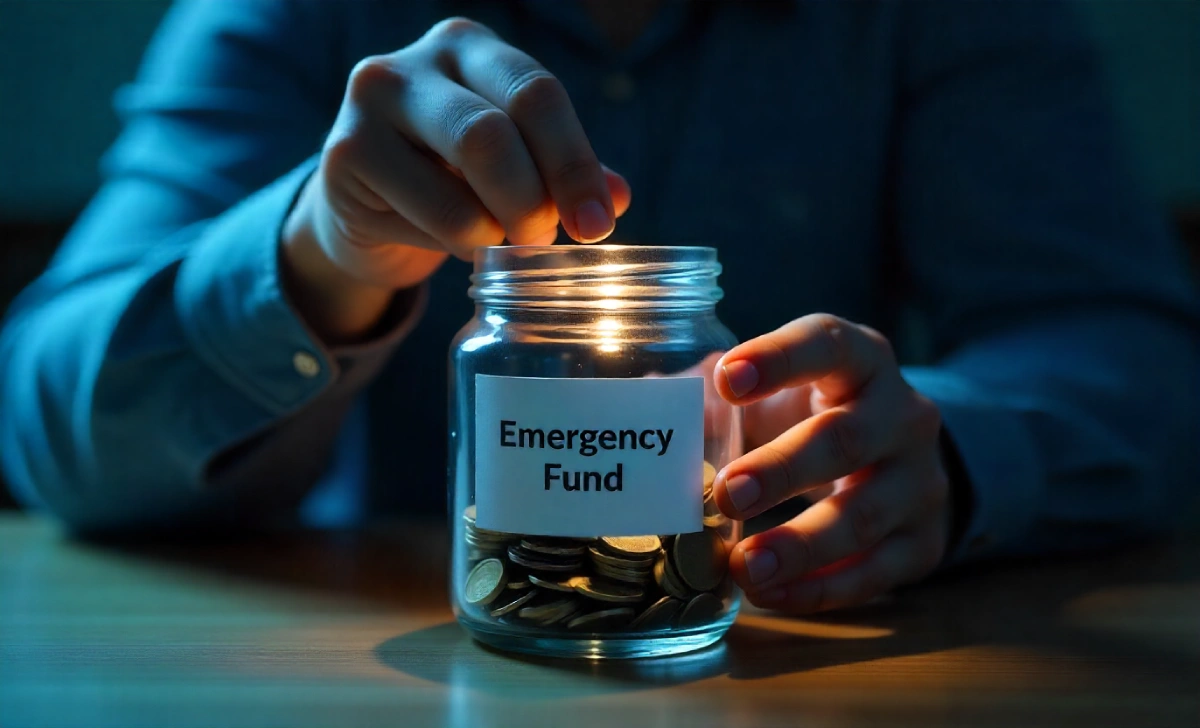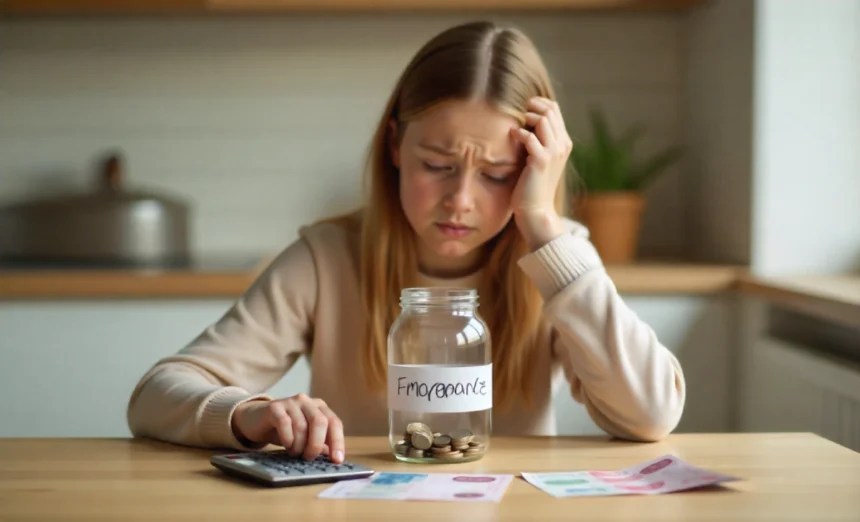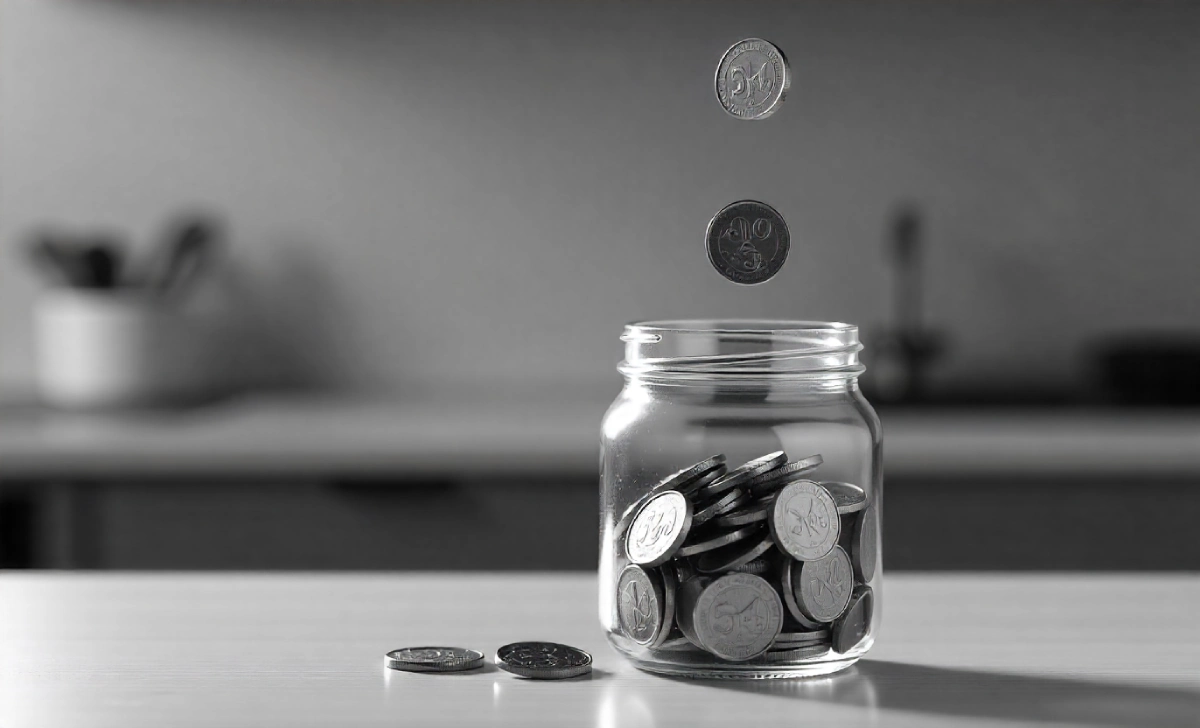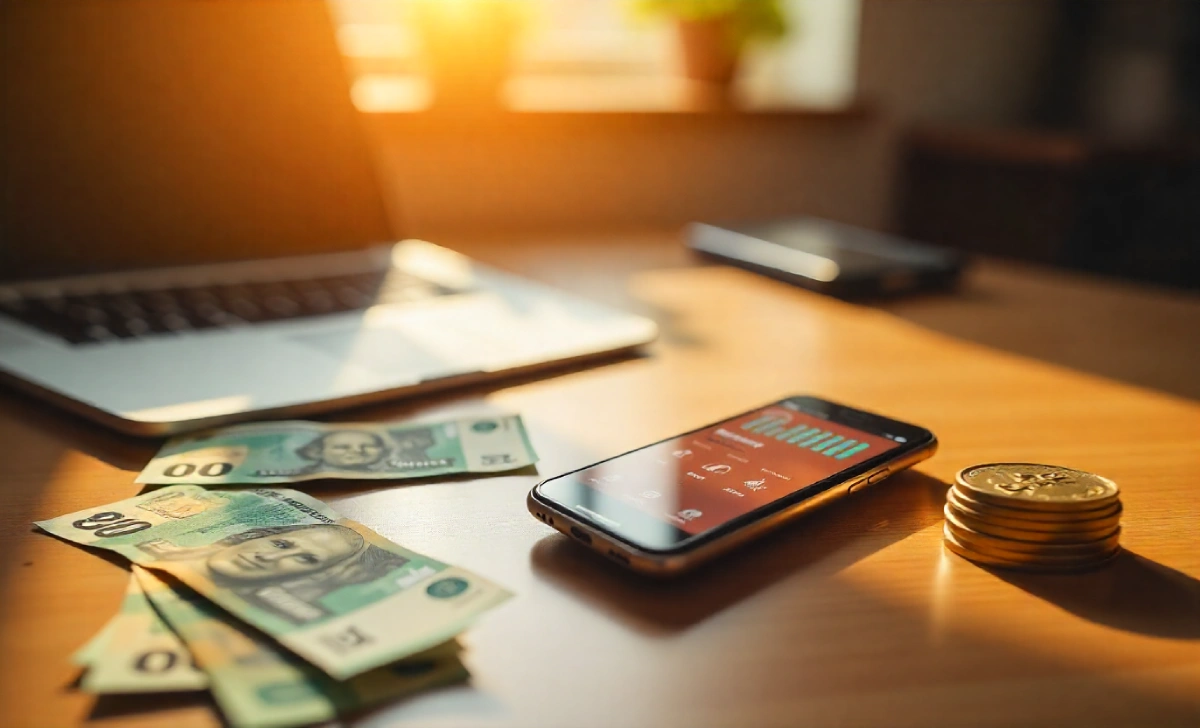Life has a way of throwing unexpected expenses at the worst possible times. Your car breaks down the week before rent is due. Your child needs urgent dental work. The washing machine stops working just as your savings account hits zero.
- Start with Micro-Savings
- Use the 52-Week Challenge Method
- Cut One Small Expense
- Collect and Save Loose Change
- Take Advantage of Windfalls
- Build Income Through Small Side Work
- Save Money on Essential Expenses
- Build Emergency Savings Gradually
- Consider Low-Risk Investment Options
- Protect Your Emergency Fund
- Make Emergency Savings Automatic
If you’re living paycheque to paycheque, building an emergency fund might feel impossible. You’re not alone in this struggle. According to recent Australian financial surveys, nearly 40% of adults don’t have $1,000 set aside for unexpected costs.
You can save for emergencies on a tight budget with the right strategies. This guide shows you practical methods that work for real people with real financial constraints. You’ll discover how to start small, find extra money in your current budget, and build a safety net that protects your family.
Start with Micro-Savings
The biggest mistake people make is thinking emergency funds need to be large from day one. Start with $5 or $10. Your first goal should be to save just $100.
This small amount covers many common emergencies. A prescription medicine your PBS doesn’t fully cover. A school excursion fee that comes up suddenly. Car registration renewal when you’ve forgotten the date.
Open a separate savings account for emergencies only. Many Australian banks offer accounts with no monthly fees if you maintain a small balance. CommBank’s GoalSaver and ING’s Savings Maximiser both work well for this purpose.
Set up an automatic transfer of $5 per week. That’s $260 per year without you thinking about it. If $5 feels too much, start with $2. The amount matters less than building the habit.

Use the 52-Week Challenge Method
The 52-week savings challenge adapts perfectly for tight budgets. Instead of increasing amounts each week, save the same small amount consistently.
Choose an amount you can manage every week. Even $3 per week gives you $156 after one year. That covers a basic car repair or urgent medical appointment.
Make it automatic through your banking app. Most Australian banks allow you to set up weekly transfers. Choose a day that works with your pay cycle. If you’re paid fortnightly, set transfers for the day after payday.
Track your progress on a simple chart. Mark off each successful week. Visual progress keeps you motivated when money feels tight elsewhere.
Cut One Small Expense
You don’t need to overhaul your entire budget. Find one small recurring expense you can eliminate or reduce.
Common options include:
- Switching to a cheaper mobile phone plan
- Making coffee at home instead of buying it twice per week
- Cancelling one streaming service you rarely use
- Buying generic brands for basic groceries
- Walking or cycling for short trips instead of driving
Sarah from Brisbane saved $15 per week by making lunch at home instead of buying it three times per week. That $15 went straight into her emergency fund. After 18 months, she had enough saved to cover her car insurance excess when someone hit her parked car.
Calculate the annual savings from small changes. That $4 coffee twice per week costs $416 per year. A $25 monthly subscription costs $300 annually. These amounts make real emergency funds for people on tight budgets.
Collect and Save Loose Change
Physical cash still works for emergency savings, especially if you struggle with digital spending.
Use a large jar or container for all coins and small notes. Add any loose change from your pockets, car, or around the house each day.
Set rules for what goes into the jar. Some people save all $2 coins. Others save all coins under $1. Choose what works for your spending habits.
Count and bank the money every three months. Don’t let it sit at home where it might get spent on non-emergencies. Transfer it immediately to your emergency savings account.
The average Australian household has $47 in loose change around the house. That’s already a good start for your emergency fund.
Take Advantage of Windfalls
Unexpected money should go straight to emergency savings, not everyday spending. This includes tax refunds, cash gifts, work bonuses, or money from selling items you no longer need.
Tax refunds offer the biggest opportunity for most Australians. The average tax refund is around $2,500. Even putting half of this toward emergencies creates a substantial safety net.
Cashback from apps like Shopback or credit card rewards can add up over time. Use these for emergency savings rather than treating them as “free money” for purchases.
Consider selling items you don’t use. That exercise bike collecting dust, old electronics, or books you’ll never read again. Facebook Marketplace and Gumtree make selling easier than ever.
Build Income Through Small Side Work
Emergency fund building goes faster when you can add small amounts of extra income. Look for flexible work that fits around your current schedule and responsibilities.
Options that work for many Australians include:
- Food delivery driving during peak hours
- Pet sitting through platforms like Mad Paws
- Selling crafts or baked goods to neighbours
- Casual cleaning work
- Tutoring subjects you know well
Lisa from Melbourne earns an extra $60 per week walking dogs before work three mornings. All of this money goes to her emergency fund. She’s built up $1,800 in 18 months while working her regular job.
Keep side work simple and sustainable. Choose something you can do consistently without burning out or affecting your main job performance.
Save Money on Essential Expenses
Lower bills mean more money available for emergency savings. Focus on essential expenses where small changes create ongoing savings.
Compare energy providers annually. Australians can save $200-400 per year by switching to cheaper electricity and gas plans. Use government comparison websites to find the best deals in your area.
Review your insurance policies. Get quotes from different providers for car, home, and health insurance. Even saving $20 per month on insurance premiums gives you $240 more for emergencies annually.
Plan meals around grocery specials and seasonal produce. Shopping with a list and avoiding impulse purchases can reduce grocery bills by 15-20% for most families.
Use library services instead of buying books, magazines, or entertainment. Many libraries now offer free Wi-Fi, computer access, and event activities that replace paid entertainment options.
Build Emergency Savings Gradually
Your emergency fund should grow in stages. This makes the goal feel achievable and gives you wins along the way.
Stage 1: Save $100. This covers small emergencies and builds your savings habit.
Stage 2: Save $500. This amount handles most minor car repairs, medical expenses not covered by Medicare, or urgent home maintenance.
Stage 3: Save one week’s take-home pay. This provides breathing room if work hours get cut temporarily or you need time off for illness.
Stage 4: Build toward one month’s essential expenses. Include rent, groceries, utilities, and minimum debt payments. This level protects against job loss or serious illness.
Don’t rush between stages. Celebrate each milestone. Many people on tight budgets never move past stage 1, and that’s still valuable protection.
Insert img here: High-quality, realistic image, resolution at least 1200 x 728 pixels showing a smartphone screen displaying a savings app with progress bars at different stages, surrounded by Australian dollar notes
Consider Low-Risk Investment Options
Once you’ve built your basic emergency fund, you might wonder about making your money work harder. While your primary emergency savings should stay in easily accessible accounts, understanding basic investment principles can help your overall financial picture.
For beginners wanting to learn about managing investment risk, there are safe ways to start small. However, remember that emergency funds need immediate access, so any investment learning should happen with separate money.
Some Australians explore ETFs versus individual shares once their emergency savings are secure. Others look into cryptocurrency options when they have extra funds beyond their emergency needs. The key is ensuring your emergency money stays liquid and safe.
If you’re also saving toward buying your first property, having a solid emergency fund becomes even more important. Property ownership brings unexpected maintenance costs that emergency savings help cover.
Protect Your Emergency Fund
Emergency savings only work if you use them for real emergencies. Define what counts as an emergency before you need the money.
True emergencies include:
- Urgent medical expenses not covered by Medicare
- Essential car repairs needed for work transport
- Job loss or reduced work hours
- Emergency travel for family illness
- Essential home repairs that affect safety
Not emergencies:
- Sales on items you want but don’t need
- Social events or celebrations
- Non-essential home improvements
- Regular expenses you forgot to budget for
- Investment opportunities, even good ones
Keep emergency money in a separate account that requires a few steps to access. This prevents impulse spending while keeping funds available for real needs.
Replace emergency money as soon as possible after using it. Go back to your regular saving routine immediately, even if you can only save small amounts.
Make Emergency Savings Automatic
The most successful emergency savers automate the process. This removes the temptation to spend money elsewhere and builds consistency.
Set up automatic transfers on payday, before you have time to spend the money on other things. Even $10 per pay adds up over time.
Use separate accounts with different banks if necessary. Having your emergency fund at a different bank than your everyday account creates a small barrier that discourages casual spending.
Many employers offer payroll deductions that can go straight to savings. Ask your HR department about options for splitting your pay between different accounts.
Round-up savings apps automatically save small amounts from your purchases. Apps like Raiz or CommBank’s Kaching round purchases to the nearest dollar and invest or save the difference.
You can save for emergencies tight budget with patience and the right approach. Start small, stay consistent, and celebrate your progress. Even $200 in emergency savings puts you ahead of many Australians and provides real protection against life’s unexpected costs.
Building emergency savings creates the foundation for all other financial goals. Whether you’re planning to buy property, start investing, or simply gain more control over your money, having that safety net gives you confidence to make better financial decisions.
Begin today with whatever amount you can manage. Set up that automatic transfer, collect your loose change, or identify one small expense to cut. Your future self will thank you when the next emergency arrives and you’re financially prepared to handle it.
What’s your first step toward building emergency savings? Share your plan or ask questions in the comments below.








